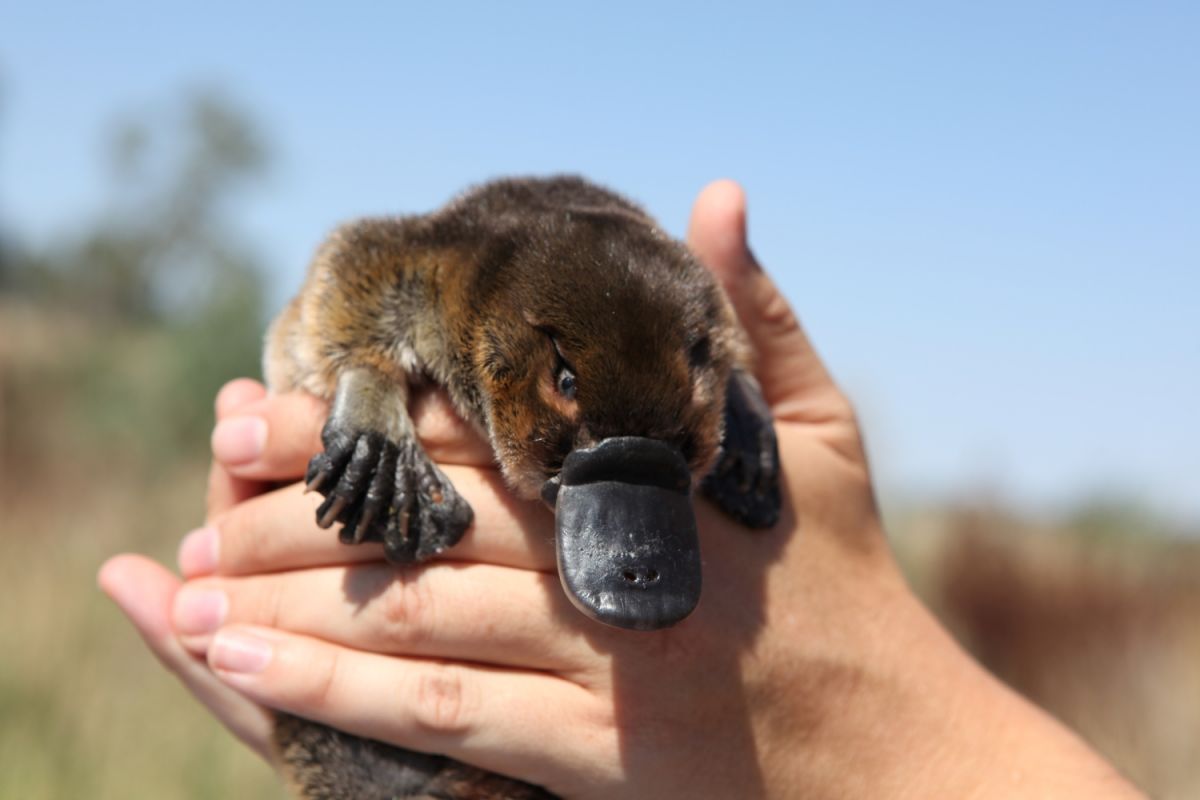
Local volunteers and students work to protect native platypus
Published: 06 Sep 2024 10:38am
If you take a peek underneath the surface of Wagga Wagga’s Flowerdale Lagoon, you will find lots of important and interesting plant and animal species thriving there, including the popular platypus.
Local volunteer run organisation Wagga Wagga Urban Landcare Group, supported by Wagga Wagga City Council, is working to emphasise the importance of local conservation areas, such as the Flowerdale Lagoon, and how we can protect animals like the platypus by changing the way we interact with these spaces.
Wagga Wagga Urban Landcare Group said the project has received heartfelt support from groups and volunteers in the area with a passion for the platypus.
Funding provided by Council through the 2023/24 Annual Grants Program enabled the group to work with local schools and run community workshops.
“The workshops focused on how rubbish can end up down drains, which lead into natural waterways and cause serious harm to the animals living there,” Wagga Wagga Urban Landcare spokesperson said.
Local educator and volunteer Jenny Hill worked with school students to show how our stormwater flows through the catchment in the Glenfield Park area and into the Flowerdale Lagoon.
“We worked with students at Ashmont Primary School and Red Hill Primary school, and they loved it,” Ms Hill said, “they were really engaged.”
“We chose the Flowerdale Lagoon because that’s where the platypus is found. The kids created designs for stencils to be put on drains around the area, and they came up with slogans to be included in the stencil.

“We talked about the trouble that rubbish causes for lots of wildlife, especially the platypus, and they did lots of cleaning up around the area to see what kind of stuff ends up in the lagoon.”
Councils Environmental Education Officer Christina Reid says initiatives like this one go a long way for making a safe and happy environment for our platypus friends.
“It’s important to understand how the consequences of our actions can affect the environment,” Ms Reid said.
“We often don’t think about things like where our rubbish ends up. Or we just assume that someone else will pick it up, but there are some things that can’t be fixed, such as plastic litter down the drain.
“The only way to get it out is to flush it out and that means flushing out into the lagoon where an animal like a platypus might eat it thinking it’s food.
“This project has provided an engaging and practical learning experience for our young people to see the dangers of rubbish pollution.
“Council supported the project through grant funding and providing maps of the catchment area.
“All the amazing artwork that the students created for the design of the drain stencil is currently displayed in the Civic Centre foyer near the Customer Service desk. Stop by and check it out, and you might even learn a thing or two!”
Biodiversity is the variety of all living things on earth.
To find more about the biodiversity in our local area, head to our website.
